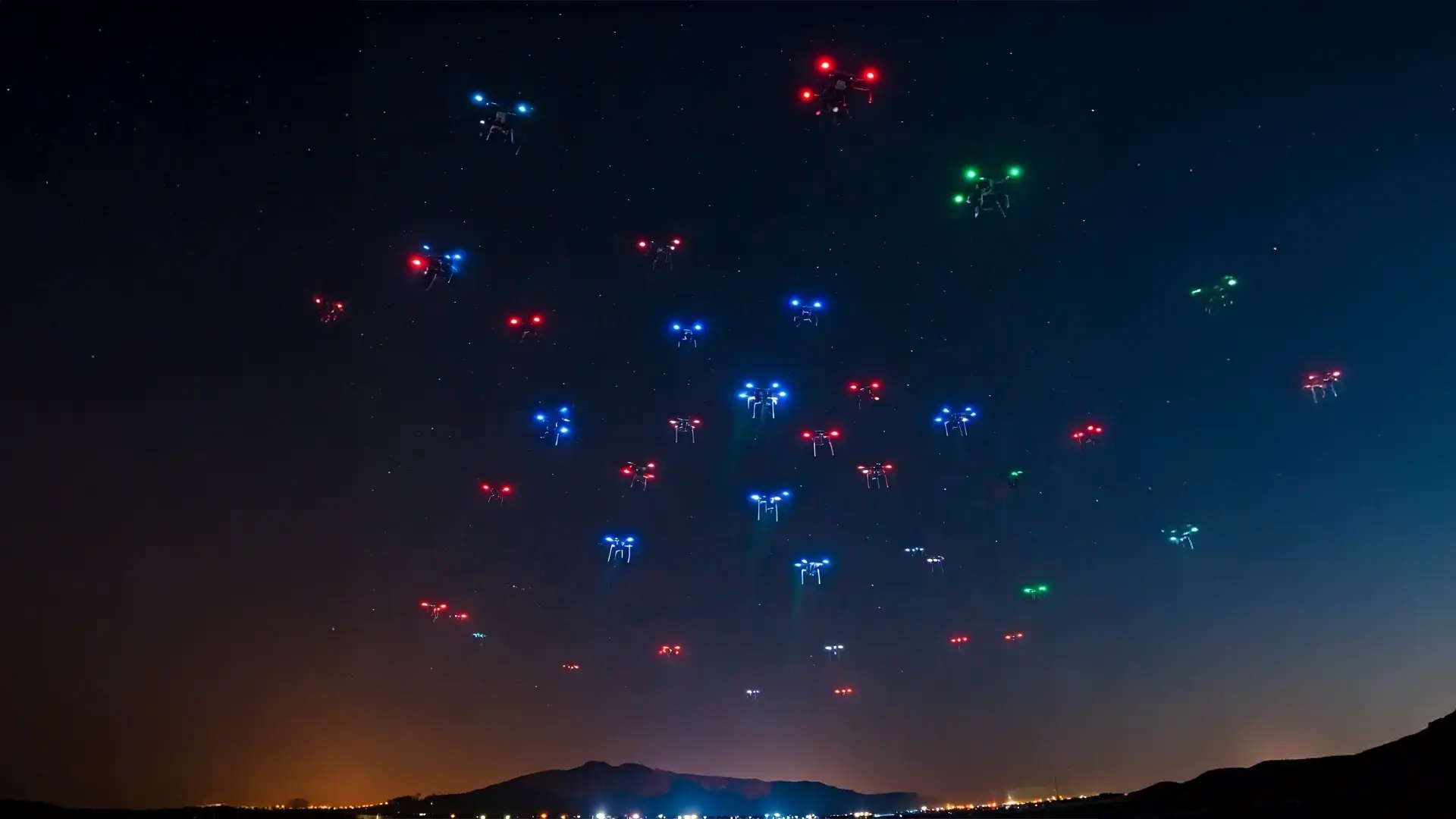A waterfront drone light show in North Bay ended in confusion and concern Friday night after gusty winds caused several drones to lose control and fall into a nearby parking area—damaging at least one vehicle and startling spectators.
Despite earlier concerns about the weather, the show moved forward. Eyewitnesses reported drones struggling to maintain position shortly after launch. Within seconds, several began descending erratically. One device reportedly crashed on Memorial Drive, while another landed on a bystander’s car hood, just feet from the crowd.
"The wind was pushing them out over the crowd... then they just started dropping," said one attendee. Others described the drones “falling like rocks” as the display abruptly ended and remaining units shut off mid-air, tumbling toward Lake Nipissing.
While no injuries were reported, the crowd reaction was immediate—people scattered from the area in fear. Authorities have not indicated whether a formal investigation will follow, but the incident has raised fresh questions about the risk management of large-scale drone displays, especially in uncontrolled environmental conditions.
How AirGuard Could Have Changed the Outcome
Incidents like this really highlight the need for active airspace monitoring—not just during rogue drone threats, but during permitted, high-density drone events.
With AirGuard deployed, organizers could have:
- Monitored real-time flight data from each drone using multi-sensor integration—including RF, Remote ID, and telemetry-based tracking. This would have provided early signs of instability or deviation from the expected flight path.
- Created precise detection and alert zones around crowd-sensitive areas such as the boardwalk and parking lot. These zones would have triggered real-time alerts (via SMS, email, or on-screen) the moment any drone strayed toward risk-prone sectors, enabling immediate action before impact.
- Enabled PTZ camera tracking of individual drones, allowing visual confirmation and better situational awareness during live monitoring.
- Captured and replayed flight paths post-incident, using AirGuard’s multi-sensor playback feature—providing event organizers and authorities with high-fidelity evidence to support investigations and liability assessments.
- Identified problematic patterns ahead of time through AirGuard’s analytics and heatmaps, including likely pilot locations, prior altitude violations, and beyond visual line-of-sight behaviors, helping enforce stronger safety protocols.
In crowded public settings—especially during live events—unforeseen variables like weather can quickly escalate into real safety concerns. AirGuard doesn't just detect drones; it provides the operational visibility and response tools needed to keep aerial performances safe from becoming safety incidents.


